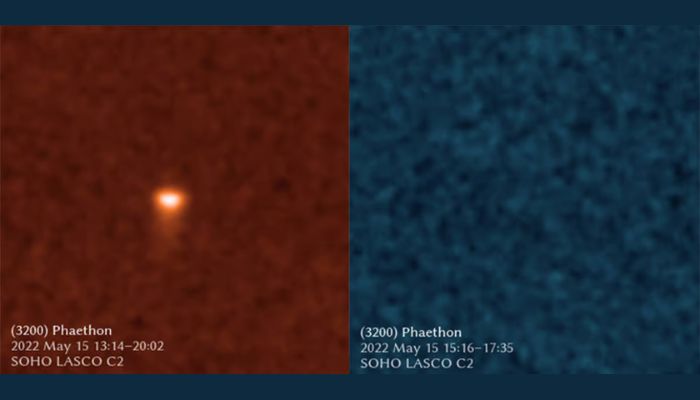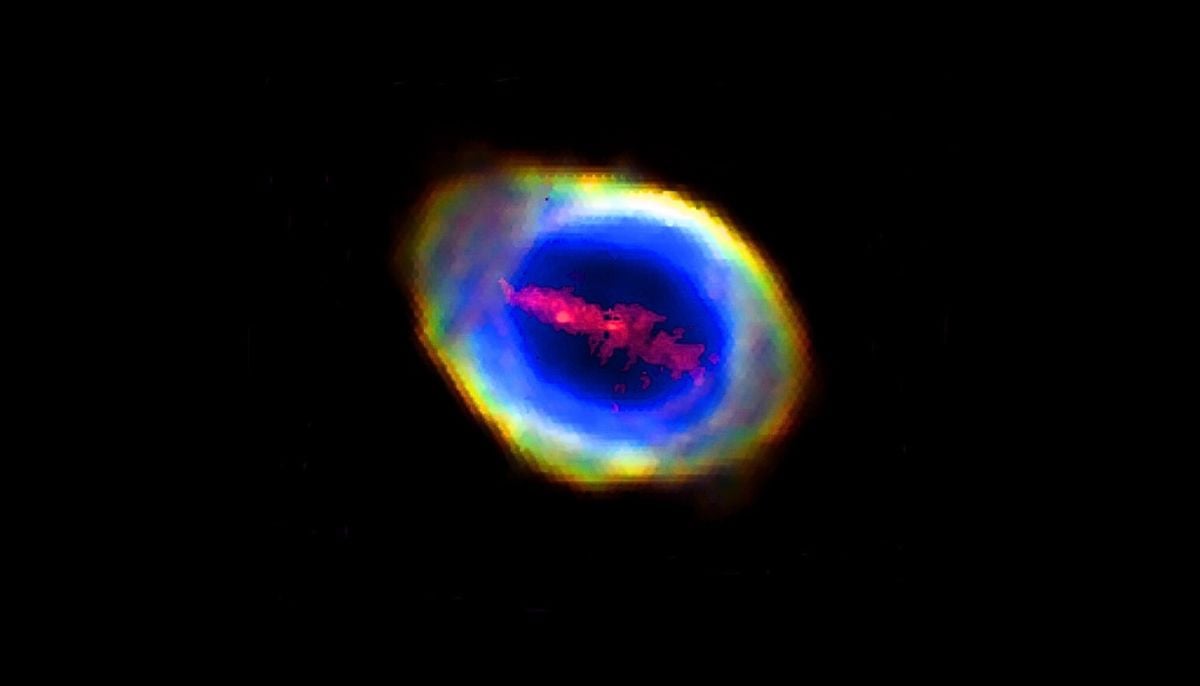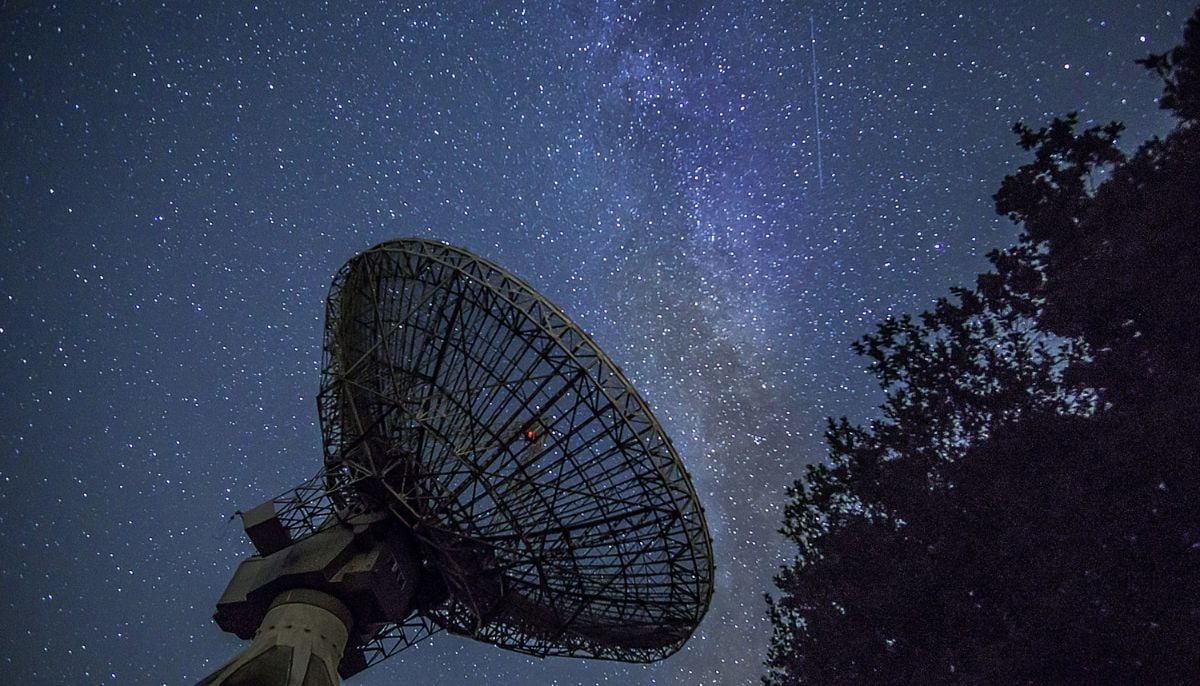Mysterious blue asteroid has a tail made of gas
It was initially thought that dust had been expelled from the asteroid's surface to create the tail
A space rock known as asteroid 3200 Phaethon has long been the subject of fascination among scientists due to its unusual characteristics.
In 2009, NASA's Solar Terrestrial Relations Observatory (STEREO) craft observed the asteroid behaving in a peculiar manner as it brightened and grew a substantial tail while nearing its closest point to the Sun on its 524-day orbit. The occurrence was strange since comets have tails due to their icy composition, and not asteroids made of rock and metal.
It was initially thought that dust had been expelled from the asteroid's surface to create the tail. However, recent research has revealed that the tail is made up of sodium gas, and there is no dust in sight.
The discovery was made using two NASA solar observatories. The Solar and Heliospheric Observatory (SOHO) spacecraft was used to observe the asteroid through two filters that could identify sodium and dust, respectively.
The researchers then examined the archives of STEREO and SOHO imaging and found Phaethon's tail on 18 solar approaches between 1997 and 2022. The SOHO filters confirmed the suspicions that the asteroid's tail was made up of sodium gas, and no evidence of dust was observed with the other filter.
An earlier study had indicated that sodium was the cause of the "fizzing" on the asteroid's surface. Phaethon, which is almost 3.9 miles in diameter, has a surface temperature of about 1,390 °F when it is near the Sun, which vaporizes certain substances.
The discovery of the sodium gas tail adds to the mystery of Phaethon, which orbits closer to the Sun than any other named asteroid. It is also one of the few asteroids that appear blue on the surface and is the source of the annual Geminid meteor shower. This is unusual since comets are typically responsible for meteor showers.
The discovery of Phaethon's sodium tail is particularly exciting because it "upends 14 years of thinking about a well-scrutinized object," according to Karl Battams of the Naval Research Laboratory, one of the members of the team that made the discovery. The research was done using data from two heliophysics spacecraft, SOHO and STEREO, that were not intended to study phenomena like this.
In 2017, Phaethon made a close pass by Earth, but it was still 6.4 million miles from the planet. It won't return until 2093.
-
Bamboo: World’s next sustainable ‘superfood’ hiding in plain sight
-
NASA Artemis II rocket heads to the launch pad for a historic crewed mission to the Moon
-
Blood Moon: When and where to watch in 2026
-
Elon Musk’s Starlink rival Eutelsat partners with MaiaSpace for satellite launches
-
Blue Moon 2026: Everything you need to know
-
Scientists unravel mystery of James Webb’s ‘little red dots’ in deep space
-
ISS crew of four completes medical evacuation with safe splashdown off California
-
Annular solar eclipse 2026: Here's everything to know about the ‘ring of fire’












